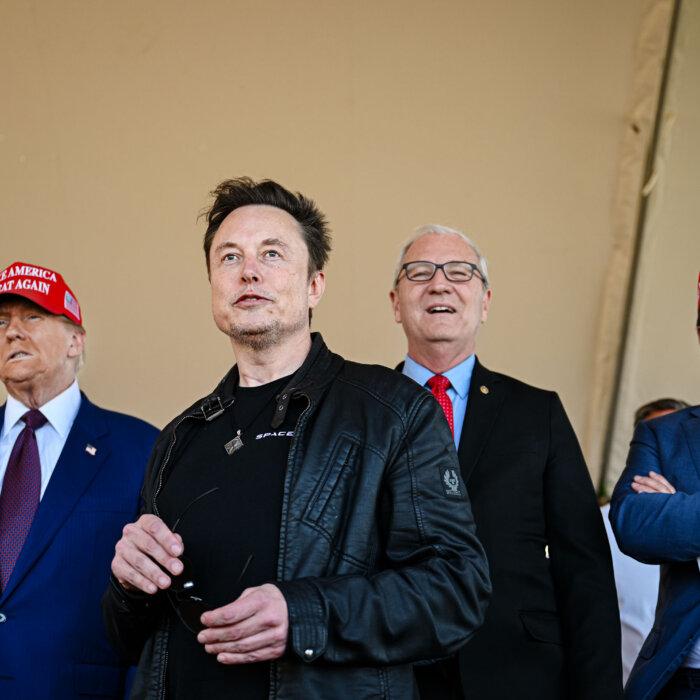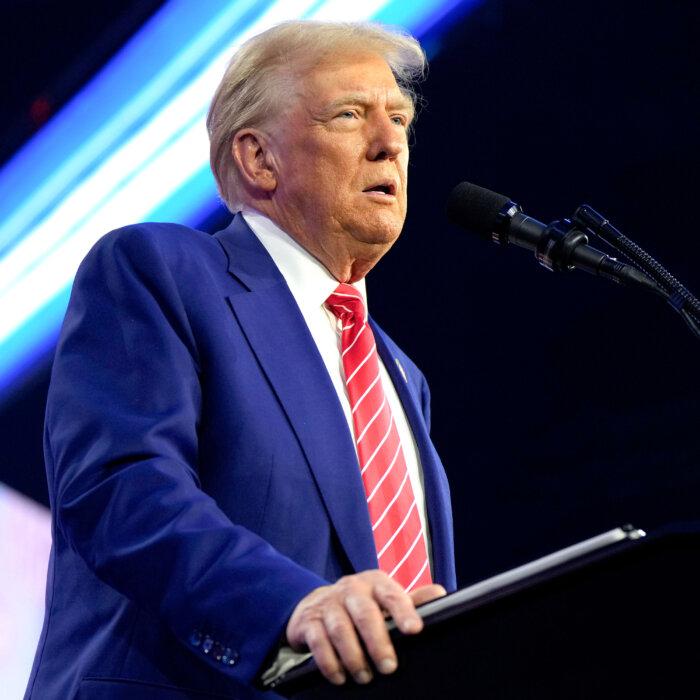In recent days, a debate between Elon Musk and X users has renewed scrutiny of the H-1B visa.
Here are some key facts about the work visa, which is unpopular with many Americans but a favorite of Big Tech.
What Is an H-1B?
The H-1B, created by the 1990 Immigration Act, is a temporary visa that allows nonimmigrants to legally work in the United States in “specialty occupations.”
Immigration law defines “specialty occupations” as ones that require at least a bachelor’s degree and involve “theoretical and practical application of a body of highly specialized knowledge.”
In practice, most H-1B visa holders work in programming and related areas.
A nonimmigrant holding a H-1B visa is only permitted to work for the employer that sponsors him or her.
The H-1B lasts three years but can be extended for up to six.
Although it is a temporary visa, H-1B holders can hold it while also seeking a green card, a position known as “dual intent.”
The H-1B is also distinct from optional practical training (OPT), an uncapped temporary employment authorization for students or new graduates on an F-1 visa.

Graduating students take selfies during a UCLA graduation ceremony at the Pauley Pavilion in Los Angeles on June 14, 2024. Eric Thayer/Getty Images
How Many H-1B Holders Are There?
The annual cap for the H-1B visa is 65,000.
However, various changes and exemptions approved by Congress have swollen the number of annual H-1Bs.
Twenty-thousand additional slots are open for those with advanced degrees from the United States.
In addition, government research organizations, universities, and nonprofit research organizations are exempt from the cap.
H-1B renewals and other non-new petitions also don’t count toward the cap.

People at a U.S. Citizenship and Immigration Services office in Newark, N.J., on Jan. 22, 2018. John Moore/Getty Images
Where Do H-1B Holders Work?
H-1B holders could theoretically be spread broadly across many industries. In reality, though, tech dominates.
That year, 54 percent of beneficiaries worked in programming or systems analysis, while 7.9 percent worked in some computer-related area that was not elsewhere specified.
The largest sponsors of H-1Bs include familiar tech giants such as Amazon, Google, Microsoft, Apple, and Musk’s Tesla.
They also include more obscure companies such as Cognizant Technology Services, found liable in October for intentional discrimination against non-Indian, non-South Asian employees in a lawsuit filed by three white U.S. citizens.
Another top H-1B recipient is the Indian multinational technology company Infosys, which in 2015 faced a Department of Labor investigation over its use of H-1Bs.
It reported it was cleared that year.

Google employees at the company’s headquarters in Mountain View, Calif., on Nov. 1, 2018. Mason Trinca/Getty Images
Where Do H-1B Holders Come From?
H-1B visa holders are overwhelmingly from India, with 72 percent of approved H-1B petitioners in 2023 originating from that country.
Another 11.7 percent came from China.
Much smaller percentages came from the Philippines, Canada, South Korea, Mexico, Pakistan, and other countries, with a heavy representation from Asia.
What’s the Debate?
Supporters of the H-1B program assert that it is crucial for supplying the United States with tech talent it would otherwise lack.
“More than 50 percent of doctorate holders that worked as computer and mathematical scientists [58 percent] and engineers [56 percent] were foreign-born,” the report states.
President-elect Donald Trump defended the H-1B, according to reporting from the New York Post, saying he has relied on it on his properties and calling it a “great program.”

Elon Musk gives a tour to President-elect Donald Trump and lawmakers of the control room before the launch of the sixth test flight of the SpaceX Starship rocket in Brownsville, Texas, on Nov. 19, 2024. Brandon Bell/Getty Images
Critics cite a litany of abuses and troubling incidents, ranging from the exploitation of foreign labor through wage theft to the intentional discrimination against Americans, as in the case of Cognizant.
They point to layoffs at Disney, where some American citizens were required to train their foreign H-1B replacements.
Critics also question the assertion that the country lacks talent.
Original News Source Link – Epoch Times
Running For Office? Conservative Campaign Consulting – Election Day Strategies!



